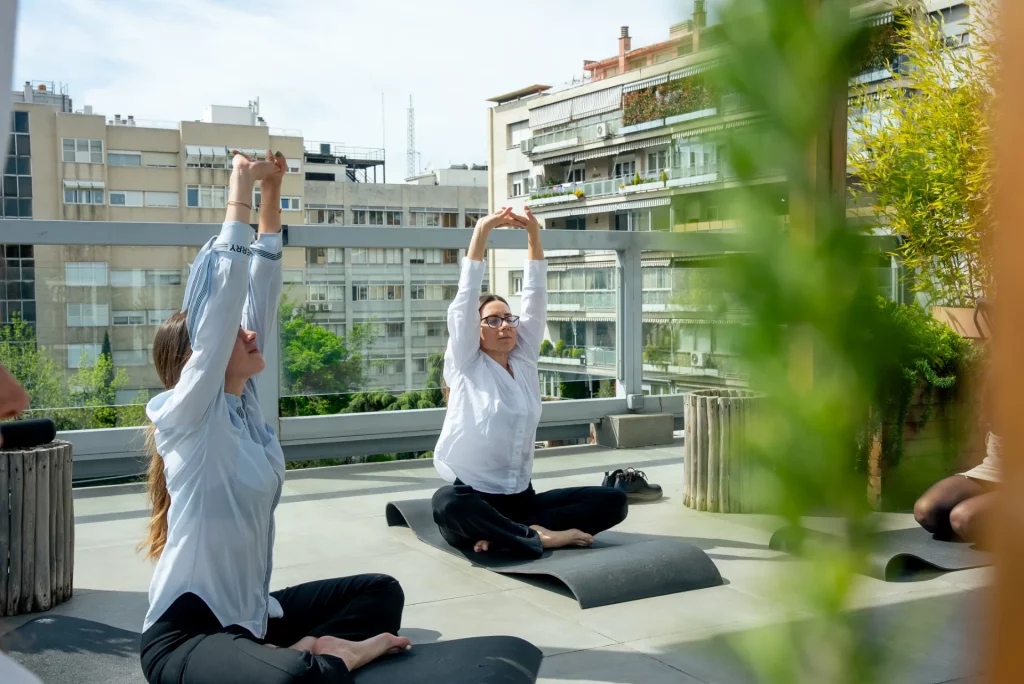Stress is often thought of as a reaction to major life events—deadlines, conflicts, emergencies—but many don’t realize that stress can quietly infiltrate daily routines in subtle, almost invisible ways. This hidden stress accumulates, undermining mental clarity, emotional balance, and physical health over time. Identifying these covert stress triggers is the first step toward reclaiming calm and restoring well-being. In this article, we’ll explore common yet overlooked sources of stress embedded in everyday habits and environments, and offer practical, simple strategies to regain calm and clarity amidst life’s demands.
Unmasking Hidden Stress Triggers
The hustle of daily life is peppered with small but persistent stressors that often go unnoticed because they become normalized. These micro stressors can arise from various aspects of our routines including technology use, multitasking, environmental factors, and even social interactions. Below are some of the most prevalent hidden stress triggers:
Digital Overload
Constant connectivity means notifications, emails, social media alerts, and news updates flood our attention nonstop. This digital bombardment fractures focus and heightens stress hormones. Many people feel the pressure to respond immediately, creating a cycle of hyper-vigilance and mental exhaustion without realizing the toll it takes.
Multitasking Madness
Trying to juggle multiple tasks simultaneously can feel productive, but research shows multitasking reduces efficiency and increases cognitive strain. The brain struggles to switch rapidly between tasks, leading to mistakes, frustration, and a lingering sense of overwhelm.
Poor Sleep Hygiene
Inconsistent sleep schedules, screen exposure before bedtime, and overstimulation can erode sleep quality. Even mild sleep disruption magnifies stress sensitivity and reduces the brain’s ability to regulate emotions, perpetuating a vicious cycle of anxiety and fatigue.
Cluttered Spaces
Physical environments cluttered with unnecessary items create visual distractions and contribute to mental clutter. A disorganized workspace or home can elevate cortisol levels, making it harder to focus and relax.
Unhealthy Eating Patterns
Skipping meals, consuming excessive caffeine or sugar, and reliance on processed foods lead to blood sugar imbalances that mimic and amplify stress responses. Nutritional deficiencies also impair brain function and mood regulation.
Negative Social Dynamics
Frequent exposure to conflict, passive-aggressive behavior, or superficial interactions drains emotional energy. Social media comparisons can also foster feelings of inadequacy and isolation, subtly fueling stress.
Sedentary Lifestyle
Lack of movement contributes to stress by impairing circulation, reducing natural endorphin production, and exacerbating feelings of lethargy and anxiety.
Simple Practices to Reclaim Calm and Clarity
Awareness of hidden stress triggers empowers individuals to make deliberate adjustments. Small, consistent changes can produce profound improvements in mental and physical resilience.
Digital Boundaries
Set specific times to check emails and social media rather than responding continuously. Use “Do Not Disturb” modes during focused work or relaxation periods. Consider digital detoxes—short breaks from screens—to reset attention and reduce anxiety.
Single-Tasking Focus
Practice mindful single-tasking by dedicating full attention to one activity at a time. Techniques like the Pomodoro method, which involves focused work intervals followed by short breaks, can boost productivity and reduce cognitive fatigue.
Prioritize Sleep Hygiene
Establish a consistent sleep routine by going to bed and waking at the same times daily. Create a calming pre-sleep ritual—dim lights, gentle stretching, or reading. Avoid screens and caffeine close to bedtime to enhance sleep quality.
Declutter Your Environment
Spend a few minutes daily organizing your workspace and living areas. Minimalist, tidy spaces promote relaxation and mental clarity. Incorporate plants or natural elements to boost mood and reduce stress.
Mindful Nutrition
Aim for balanced meals at regular intervals including complex carbohydrates, lean proteins, and healthy fats. Limit caffeine and sugar intake, especially later in the day. Hydrate adequately to support brain function and mood.

Foster Positive Social Connections
Seek out supportive and uplifting relationships. Set boundaries with draining contacts. Engage in meaningful conversations and express gratitude to strengthen emotional well-being.
Incorporate Movement
Regular physical activity—even gentle stretching or short walks—stimulates endorphin release and improves circulation. Movement breaks during work can refresh the mind and reduce tension.
Mindfulness and Breathing Exercises
Simple mindfulness practices, such as focused breathing or body scans, help anchor attention in the present moment and calm the nervous system. Just a few minutes daily can lower cortisol and improve clarity.
Routine Reflection and Adjustment
Set aside time weekly to assess your routine and identify stress hotspots. Adjust habits gradually to avoid overwhelm. Journaling can help track triggers and successes in stress management.
Technology as a Tool, Not a Tyrant
Leverage apps designed to promote relaxation, meditation, or productivity rather than distraction. Use alarms or reminders to encourage breaks and hydration.
Creating a Personal Stress-Reduction Toolkit
Everyone’s sources of hidden stress and effective coping methods differ. Developing a personalized toolkit tailored to your lifestyle can build resilience over time. This toolkit may include:
- A designated “calm corner” with relaxing objects or scents
- Favorite playlists or nature sounds for stress relief
- Quick breathing exercises or progressive muscle relaxation
- Inspirational reading or podcasts focused on wellness
- Access to community or professional support when needed
Long-Term Benefits of Addressing Hidden Stress
When hidden stressors are acknowledged and managed proactively, the cumulative benefits are substantial. Improved emotional regulation, enhanced focus, better sleep, and increased physical health create a positive feedback loop that supports overall life satisfaction and performance.
Managing these micro stressors also fosters greater self-awareness and intentionality, empowering individuals to design daily routines that nurture rather than deplete. This shift from reactive survival to proactive thriving redefines wellness as a sustainable, lived experience rather than a distant goal.
Conclusion
Stress isn’t always loud and obvious; often, it’s quietly embedded in the fabric of our daily routines. By identifying subtle stress triggers and adopting simple, consistent practices, it’s possible to reclaim calm, mental clarity, and emotional balance. In a world that prizes busyness, choosing to slow down and simplify one’s relationship with daily stress is an act of profound self-care. The small steps taken today to clear hidden stress pave the way for a more resilient, centered, and joyful tomorrow.

















































